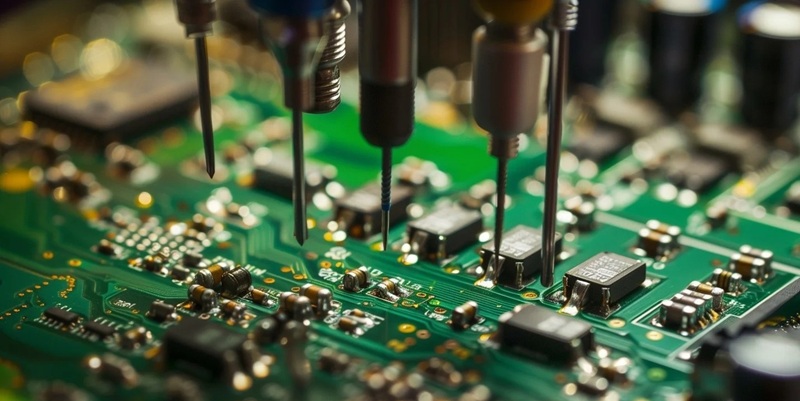Schedule a Call Back
Telematics adoption is increasing in India
 Interviews
Interviews- Jul 01,18

Related Stories

VE Commercial Vehicles announces joint venture with iTriangle Infotech
The joint venture aims to strengthen VECV's surround-service portfolio for Eicher truck and bus customers, enhancing its ability to address the rapidly evolving people and logistics ecosystem in Ind..
Read more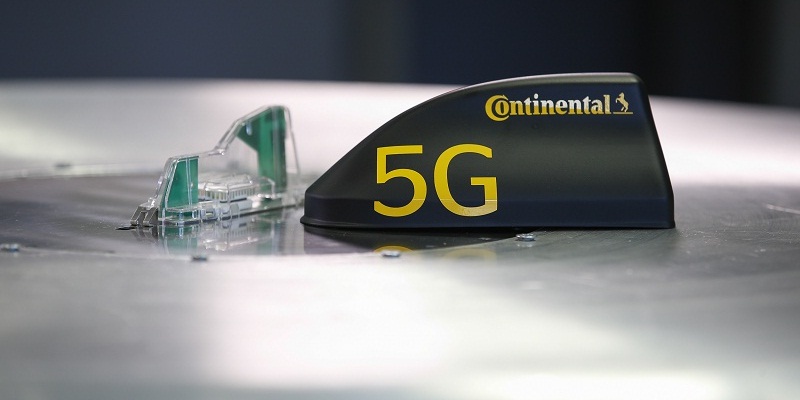
Continental ramps up manufacturing in India for connected vehicle technologies
Germany’s Continental expands local production capacities for connectivity and body electronics in tune with growing demand in the country, paving the way for future growth. It is also incorporati..
Read more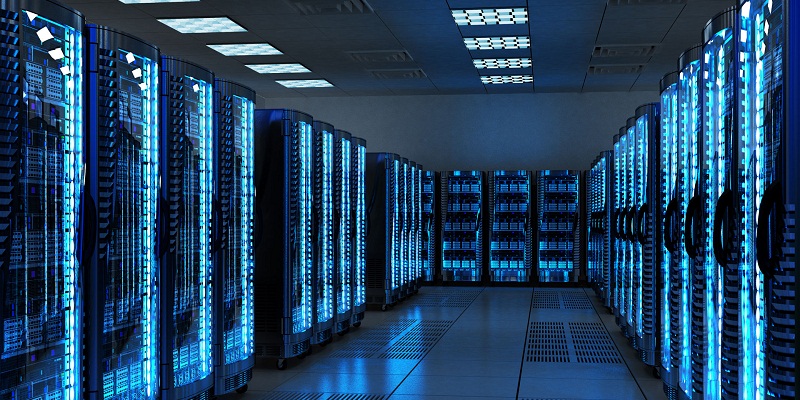
Why do modern businesses need to build a data warehouse?
A data warehouse is a system that holds both current and historical data in one place to support an organisation’s data-driven operations. Emily Newton explains the criticality of data warehouse f..
Read moreRelated Products
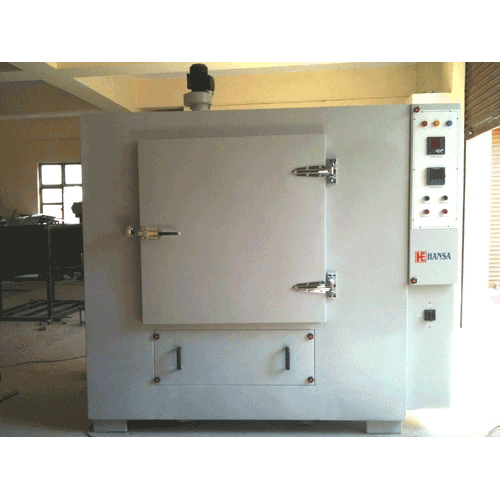
Heavy Industrial Ovens
Hansa Enterprises offers a wide range of heavy industrial ovens.
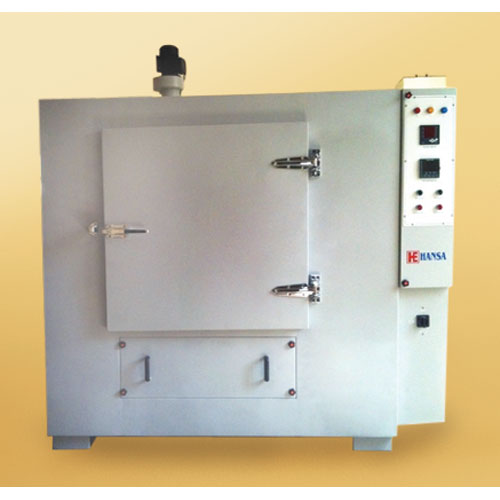
High Quality Industrial Ovens
Hansa Enterprises offers a wide range of high quality industrial ovens. Read more
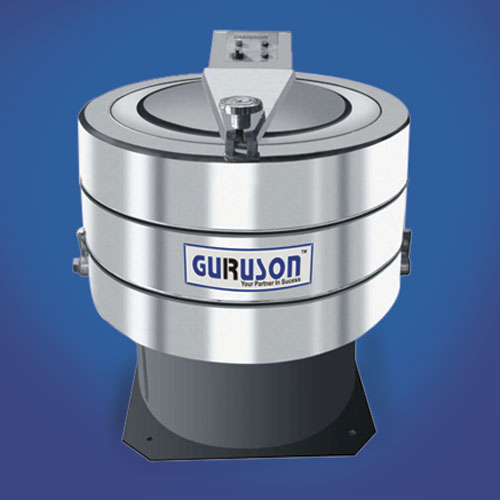
Hydro Extractor
Guruson International offers a wide range of cone hydro extractor. Read more






